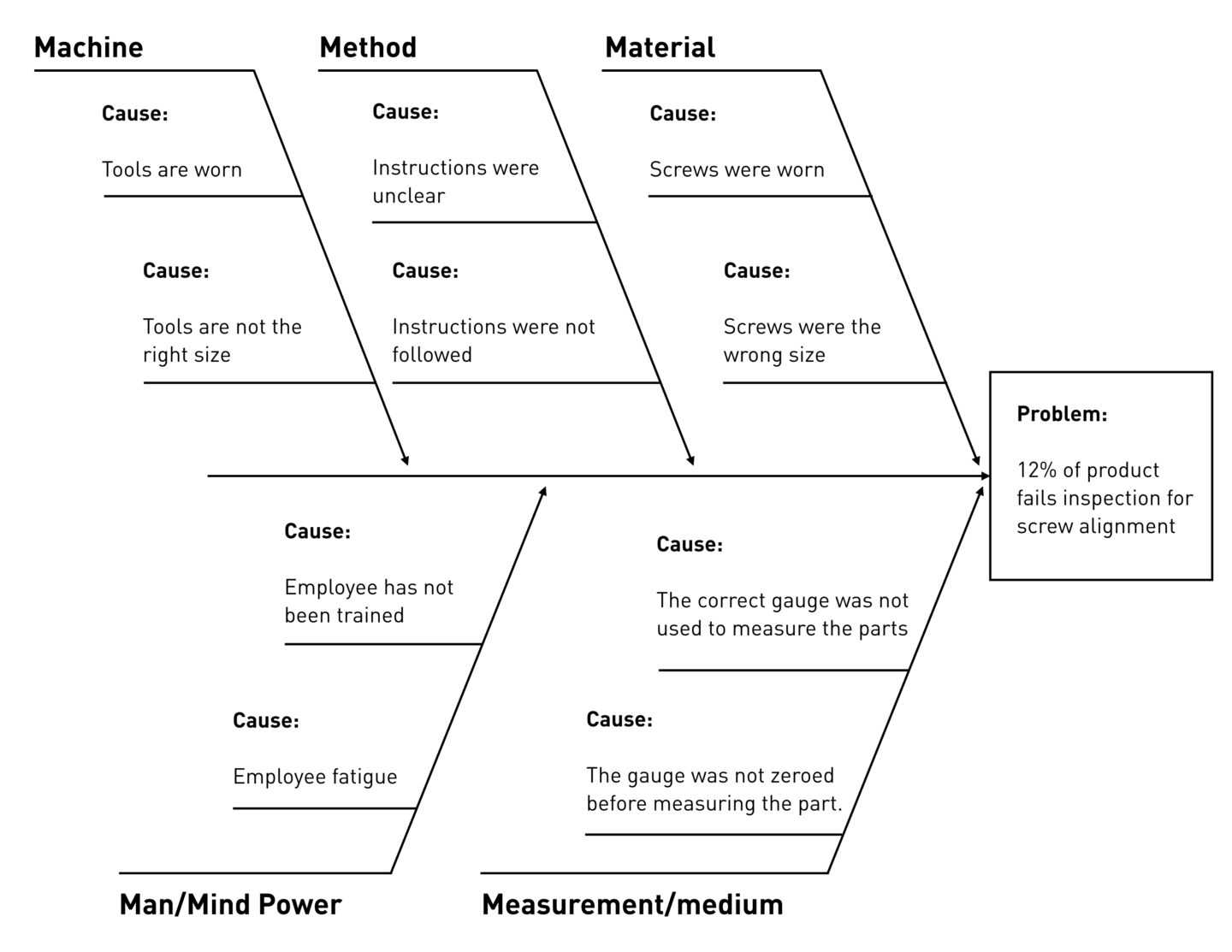A root cause analysis (RCA) is used to pinpoint the underlying cause of a problem. There are many effective methods for conducting a RCA, but in this checklist, we'll be utilizing the fishbone diagram (AKA the Ishikawa diagram) to help dig deep and identify root causes.
We created this Process Street checklist to make it easy for you to conduct a root cause analysis. It uses stop tasks, conditional logic, and Approvals features so you can record everything seamlessly, collaborate with your team effortlessly, and keep track of everything at a central location.






